- 18 Posts
- 13 Comments
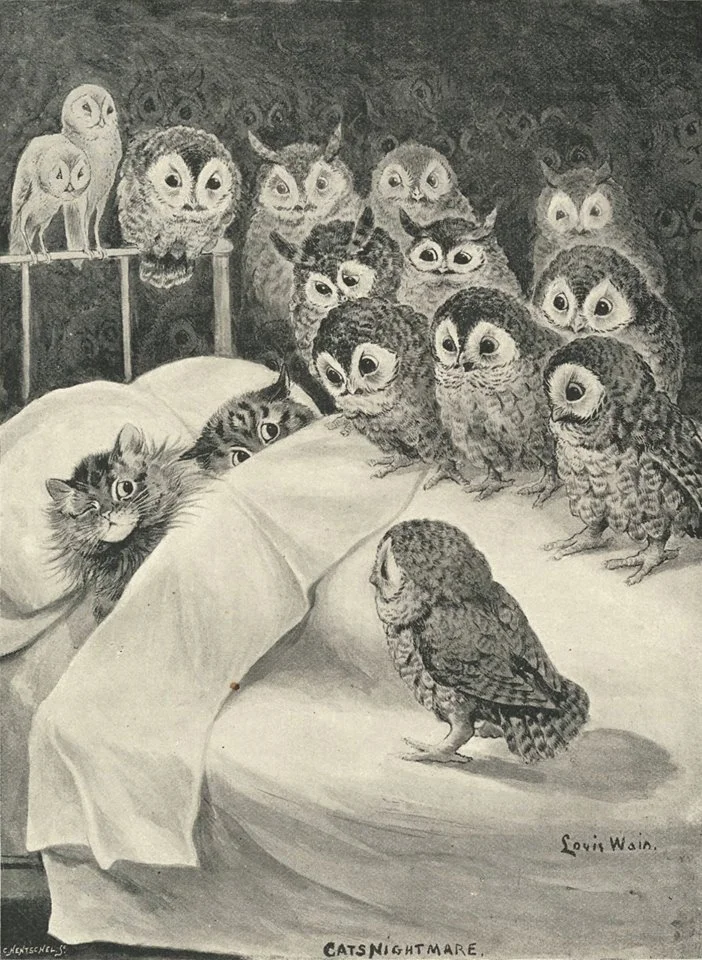
 8·10 days ago
8·10 days agoI grew up on concrete with streets peppered by exotic callery pear and feral pigeons. It wasn’t until a friend moved to a neighborhood with big yards (for the city, anyway) that I saw cardinals, bluejays, cottontails, foxes, and nights lit up by fireflies.
I live close to that neighborhood now and the streets here are lined with willow oak, black cherry, and sycamore. So many woodland creatures and cool bugs, some of which are recorded on iNat.
But go a mile south to a redlined neighborhood and the canopy is sparse to none. The streets are lined with empty tree wells, usually sloppily paved over. Some years ago, the police installed bright white spotlights and surveillance cameras. Absolutely brutal stuff.

Closing a herbarium during the sixth mass extinction 🤡

 2·1 month ago
2·1 month agoIf you’re referring to the abstract, unfortunately that’s how they’re normally written.

 6·3 months ago
6·3 months agoHail Seitan!
If nobody got me, I know Chesapeake Bay Watershed got me 🙏 Can I get an amen?

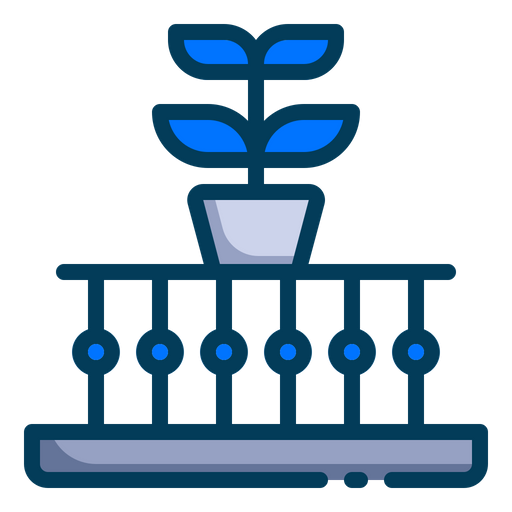 1·5 months ago
1·5 months agoBaltimore City has an adopt-a-lot program, allowing residents to use vacant lots for urban agriculture or community projects. However, as stated in point 3, it can be difficult to keep them going long term:
One farmer, Rich Kolm, said urban farms in Baltimore are playing several critical roles: They are community centers, educational hubs and fresh food producers in food-insecure neighborhoods.
Kolm has overseen three separate farms on adopted land in the city, and now he works as a contractor to those attempting to do the same. Though he commended the city’s low-cost water access service that accompanies lot adoption, he said people may not want to start a farm under the program if the land could be taken away.
“The whole idea of agriculture is that you’re building something,” said Kolm. “The only way to do it well is to make it permanent. But the city’s attitude is that urban agriculture might be a means of raising property values so much so that the agriculture gets kicked off the site.”

 3·6 months ago
3·6 months agoI listened to the audiobook and it felt bogged down at times. But the argument for claiming and using fictional stories to promote leftist ideas is interesting, especially framed around such a large pop culture phenomenon.
The blog posts condense Harris’ arguments pretty well. They joke around a lot in the TIR interview, which is how I was introduced to the book.
Carol J Adams - The Absent Referent
In The Sexual Politics of Meat, I took a literary concept, “the absent referent,” and politicized it by applying it to the overlapping oppressions of women and animals. I explained it this way:
“Behind every meal of meat is an absence: the death of the animal whose place the meat takes. The absent referent is that which separates the meat eater from the animal and the animal from the end product. The function of the absent referent is to keep our ‘meat’ separated from any idea that she or he was once an animal, to keep the ‘moo;’ or ‘cluck’ or ‘baa’ away from the meat, to keep something from being seen as having been someone. Once the existence of meat is disconnected from the existence of an animal who was killed to become that ‘meat,’ meat becomes unanchored by its original referent (the animal), becoming instead a free-floating image, used often to reflect women’s status as well as animals’. Animals are the absent referents in the act of meat eating; they also become the absent referent in images of women butchered, fragmented, or consumable.”
“There are actually three ways by which animals become absent referents. One is literally: as I have just argued, through meat eating they are literally absent because they are dead. Another is definitional: when we eat animals we change the way we talk about them, for instance, we no longer talk about baby animals but about veal or lamb. As we will see even more clearly in the next chapter, which examines language about eating animals, the word meat has an absent referent, the dead animals. The third way is metaphorical. Animals become metaphors for describing people’s experiences. In this metaphorical sense, the meaning of the absent referent derives from its application or reference to something else.”

The above map doesn’t include fishing, it’s showing land use. This shows fishing:

Here is another one about land animals:


 81·6 months ago
81·6 months agoHoney bees were domesticated, selectively bred like all other livestock, to be more docile and dependent. The relationship you describe was created by humans for the benefit of humans.


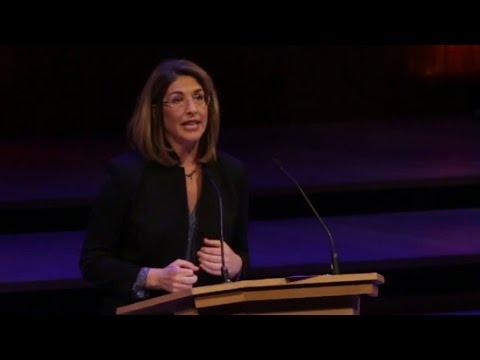

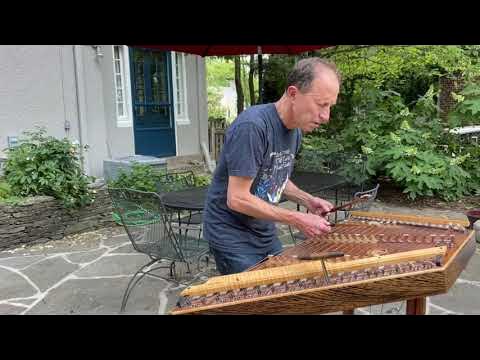


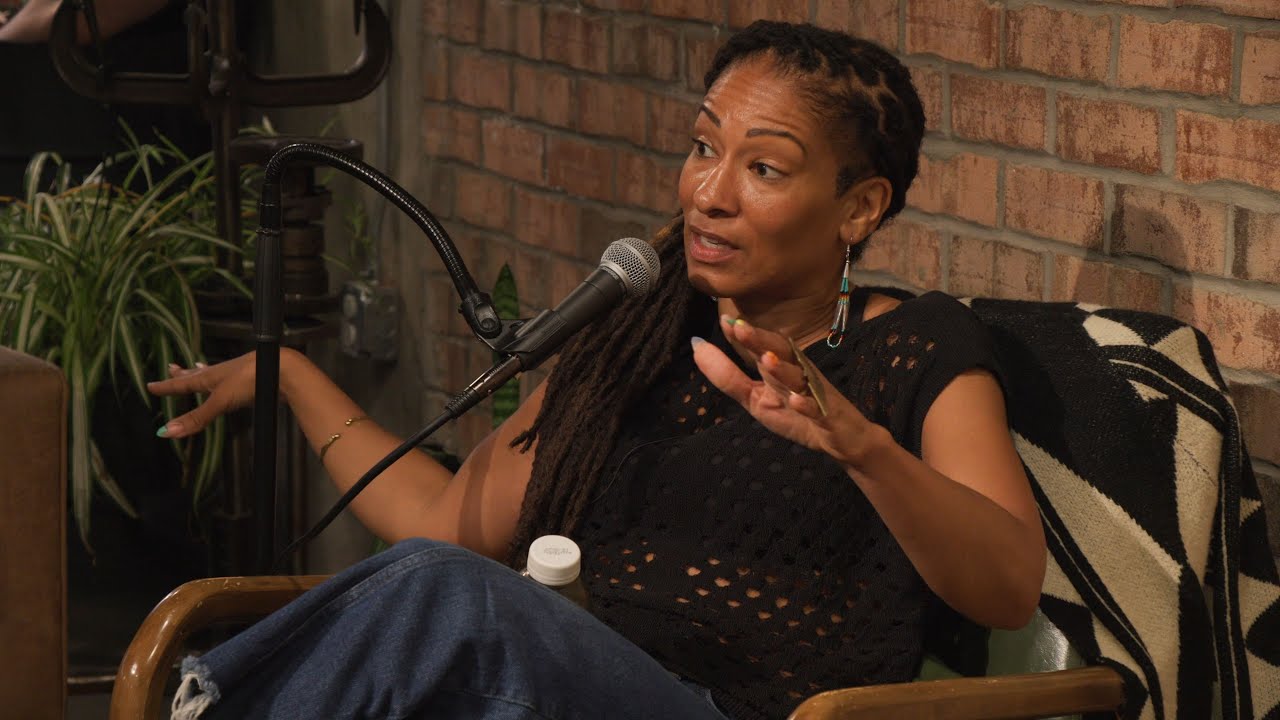



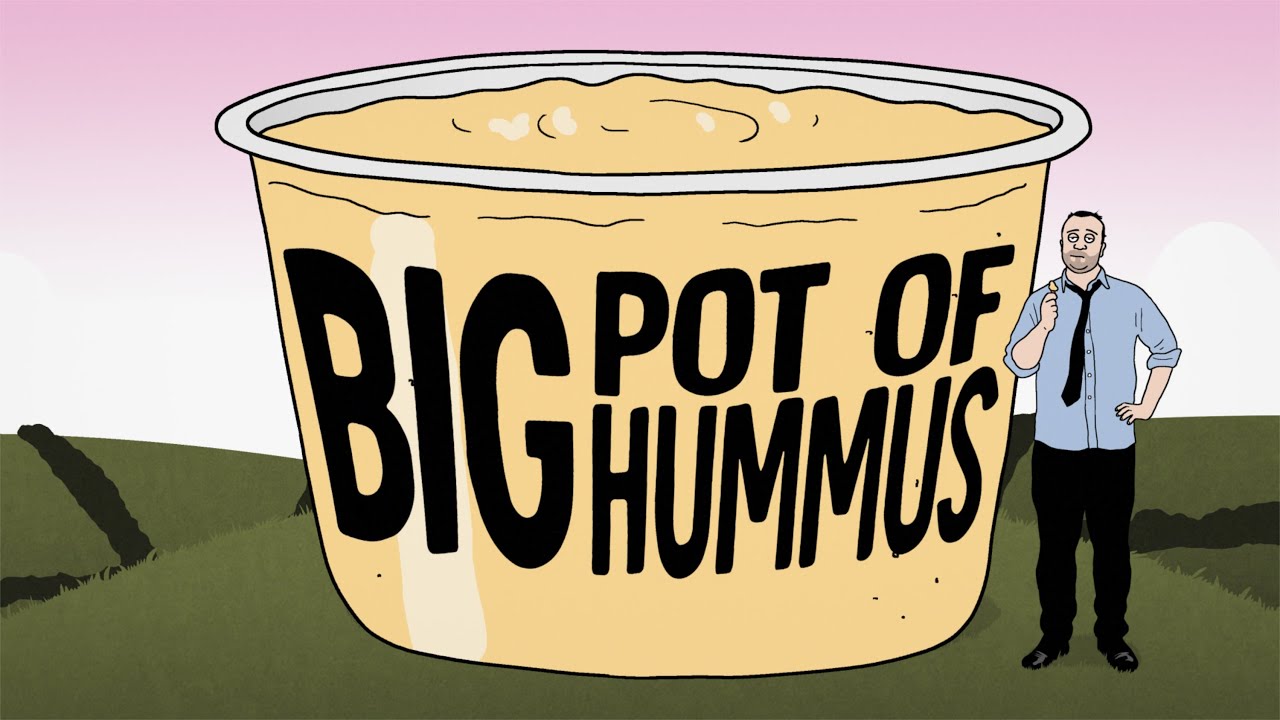
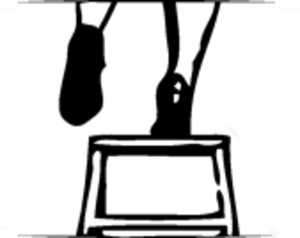



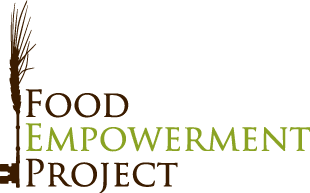
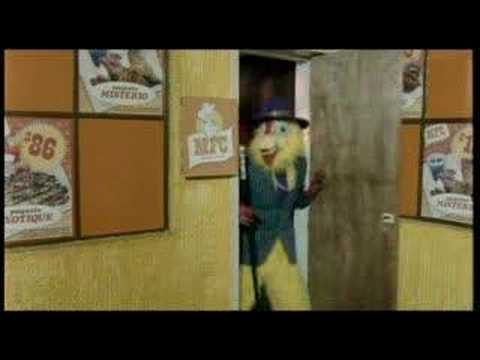
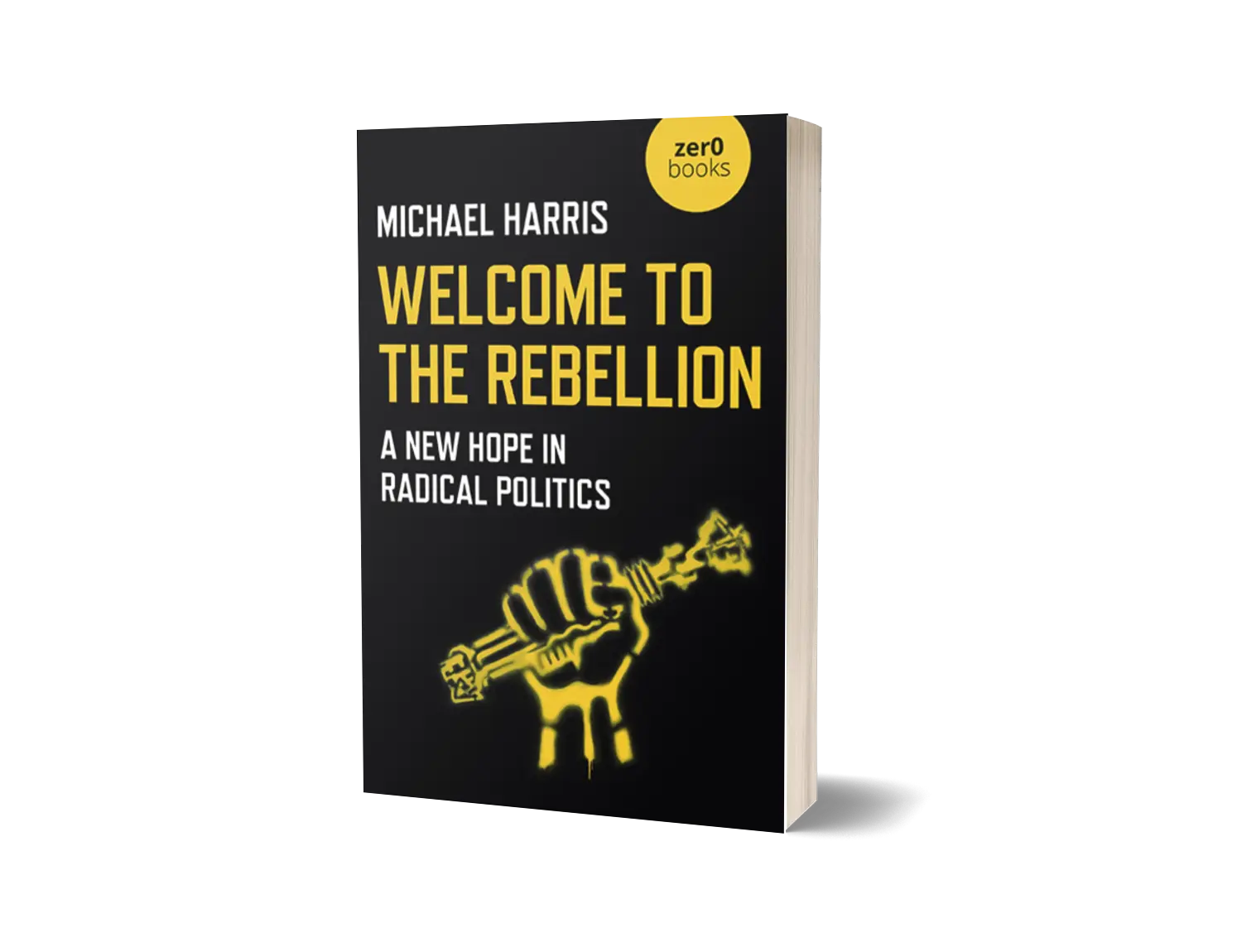



Do you mean the fun stuff like soy curls and doing lines of nooch? Mimicking the gluttonous delights of Thee Burger Dude?